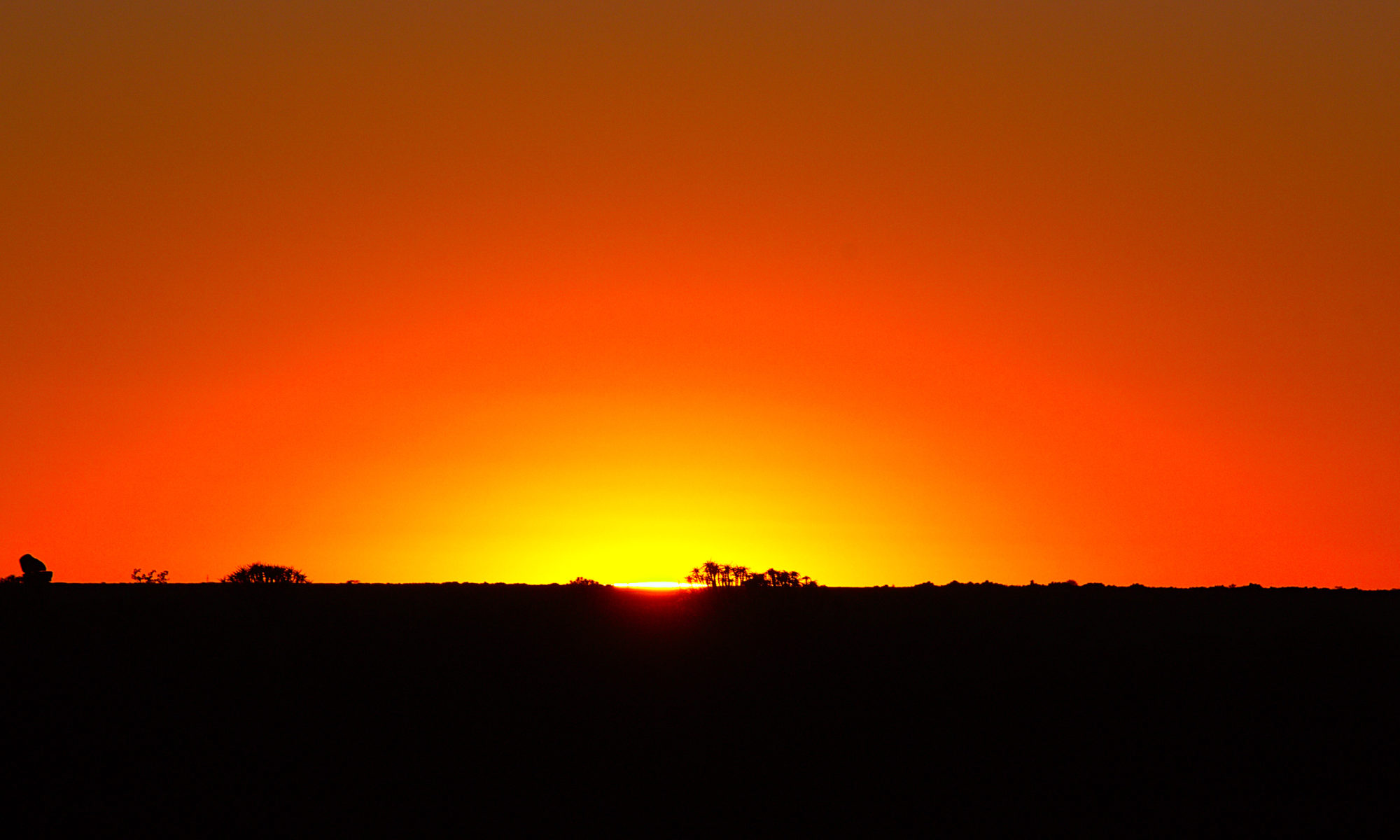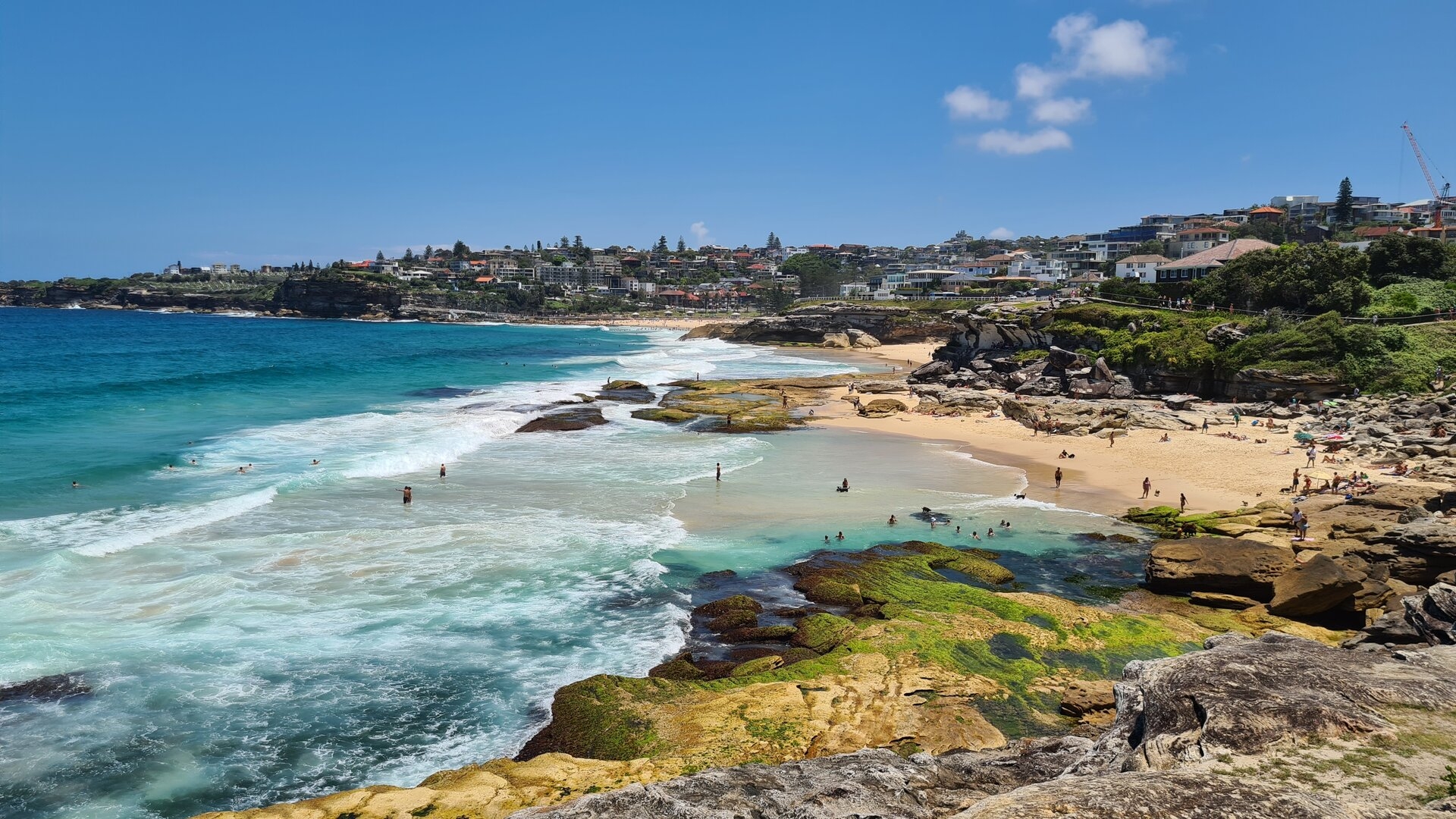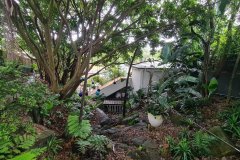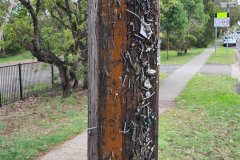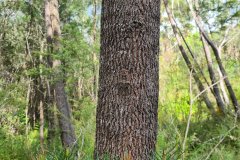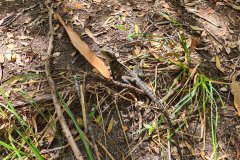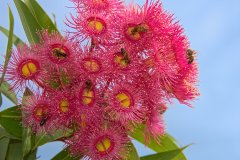Sydney and Rookwood Cemetery: A City of Life, A City of Memories
Sydney is often celebrated for its vibrant harbor, world-famous beaches, and dynamic urban life. Yet just beyond its bustling center lies another side of the city — one rooted in history, memory, and enduring cultural stories: Rookwood Cemetery.
Known as one of the largest and most significant necropolises in the world, Rookwood Cemetery offers a fascinating, poignant journey into the lives, traditions, and histories that shaped Sydney. More than a resting place, Rookwood is a window into Australia’s past — a tranquil, reflective space where architecture, culture, and nature intertwine.
A Brief History of Sydney
Before European arrival, Sydney’s land and waterways were home to the Gadigal and other Eora Nation peoples for tens of thousands of years. Their connection to country continues to shape the region’s identity today.
In 1788, the First Fleet established Sydney Cove as a penal colony. Over the next two centuries, Sydney grew into Australia’s largest and most international city, driven by waves of migration, commerce, gold rushes, wars, and cultural innovation.
This growth, however, also brought challenges — including public health crises, overcrowding, and the need for large, carefully managed burial grounds.
A Special Focus: Rookwood Cemetery
Origins of Rookwood
By the mid-19th century, Sydney’s inner-city burial grounds were becoming dangerously overcrowded. In response, authorities established a new cemetery far from the city center: Rookwood Necropolis, officially opened in 1867.
Named after the nearby village of Rookwood (originally „Haslams Creek“), the cemetery was designed following the Victorian garden cemetery movement, emphasizing wide avenues, lush plantings, and monumental art.
Rookwood quickly expanded to serve Sydney’s growing, diverse population — and it remains an active cemetery today.
Things to See and Do in Sydney (with a Focus on Rookwood)
In Sydney at Large:
1. Sydney Opera House and Harbour Bridge
Global icons, perfect for architecture lovers and first-time visitors.
2. The Rocks and Circular Quay
Historic heart of colonial Sydney, rich with museums, markets, and Aboriginal tours.
At Rookwood Cemetery:
1. Historic Walking Tours
Explore different sections of Rookwood with self-guided or organized tours that focus on:
- Victorian monuments and symbolism
- Notable Australians (artists, politicians, pioneers, and war heroes)
- Heritage-listed structures like St Michael the Archangel Chapel
The Friends of Rookwood organization often offers specialized tours.
2. St Michael’s Chapel
A beautiful sandstone Gothic Revival chapel built in 1890, it’s a popular site for weddings and memorial events — a rare blend of solemnity and elegance.
3. Circle of Love Memorial
A moving space dedicated to children who have passed away, designed with poignant sculptures and peaceful landscaping.
4. War Graves and Memorials
Rookwood is the final resting place for thousands of soldiers, with sections managed by the Commonwealth War Graves Commission commemorating those who served in World Wars I and II.
5. Religious and Cultural Diversity
Rookwood is unique in hosting numerous denominational sections, reflecting Australia’s multicultural society. Catholic, Anglican, Orthodox, Jewish, Muslim, Buddhist, and independent gravesites tell rich stories of migration, faith, and family.
6. Hidden Statues, Mausoleums, and Garden Spaces
Artists, masons, and stonemasons created extraordinary sculptures and mausoleums. Nature now reclaims some areas, creating a hauntingly beautiful environment full of old roses, fig trees, and weathered angels.
The Geology of Rookwood and Sydney
The land under Sydney — including Rookwood — is part of the Sydney Basin, a geological structure dominated by:
- Hawkesbury Sandstone: A durable, golden sedimentary rock forming cliffs and ridges across Sydney.
- Ashfield Shale: Softer layers of claystone and siltstone beneath many parts of the city, including Rookwood.
Impact on Rookwood
The geology affected both:
- Drainage: Essential for a cemetery’s planning to avoid waterlogging.
- Monument Materials: Many of the oldest headstones are made from local Sydney sandstone, marble, or granite, reflecting both natural resources and the craftsmanship of 19th-century masons.
Over time, weathering of these stones creates an atmosphere of antique beauty, as moss and lichen soften the sharp edges of Victorian sculpture.
Rookwood’s Cultural Life: More Than a Cemetery
Today, Rookwood also functions as a unique cultural space.
Highlights include:
- Hidden: A contemporary art exhibition held annually, with artworks installed across the cemetery grounds.
- Photography and Tours: Enthusiasts and historians often explore Rookwood’s blend of architecture, nature, and art.
- Community Events: Memorial services, ancestry research workshops, and cultural celebrations honor the lives remembered here.
Rookwood is not just a place of mourning — it’s a vibrant space for reflection, creativity, and learning.
Best Times to Visit Sydney and Rookwood
- Spring (September–November): Warm days, blooming flowers, perfect for cemetery walks.
- Autumn (March–May): Mild weather, clear skies, and dramatic light — especially beautiful for photography.
- Winter (June–August): Crisp mornings and quiet beauty among bare branches and misty mornings.
Avoid the hottest parts of summer (December–February) when midday heat can be intense for outdoor walks.
Conclusion: Sydney and Rookwood — A City of Stories, a City of Souls
While Sydney dazzles with sun and surf, places like Rookwood Cemetery reveal a deeper story — one of generations, migration, struggle, artistry, and memory.
Among sandstone angels and weathered headstones, you’ll find the fingerprints of history, and among its paths and gardens, the quiet resilience of a city that remembers.
Come to Sydney for its future — and to Rookwood for its past.
